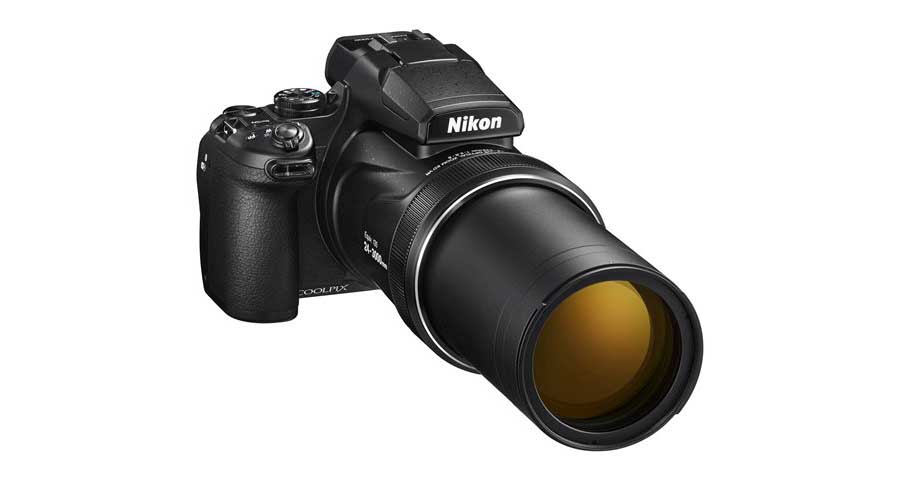The big advantage of using any zoom lens is that it allows you to shoot from different focal lengths without having to change optics. Being able to shoot long or wide simply by twisting a zoom ring or pressing a zoom toggle is hugely convenient for photographers.
Fixed-lens cameras, such as bridge cameras or super-zoom compacts, take this to the next level and give photographers the advantage of shooting from wide-angles all the way up to extreme telephoto focal lengths all within the same optic.
Sure, these cameras often have smaller sensors than your interchangeable lens camera, and sure, we all know prime lenses tend to be sharper. But there’s something nice – particular when travelling and on the go – at having everything you need right there in your hand.
Which camera has best zoom? In our opinion the best zoom isn’t always the biggest zoom. To that end we’ve made our picks based on a combination of which cameras offer a big focal range along with superior image quality. But first…
What is the difference between optical zoom and digital zoom?
This is a fairly common question. Optical zoom is produced by a lens. Digital zoom is in-camera technology that crops in on a scene to produce the effect of zooming in.
Optical zoom provides much better image quality. As you can imagine, cropping into a scene with digital zoom and then enlarging it, you lose quite a lot of detail and introduce grain and noise to your images.
Optical zoom is always the best option if you have a choice because a lens increases detail, while a digital zoom removes it.
These cameras have the best zoom lenses
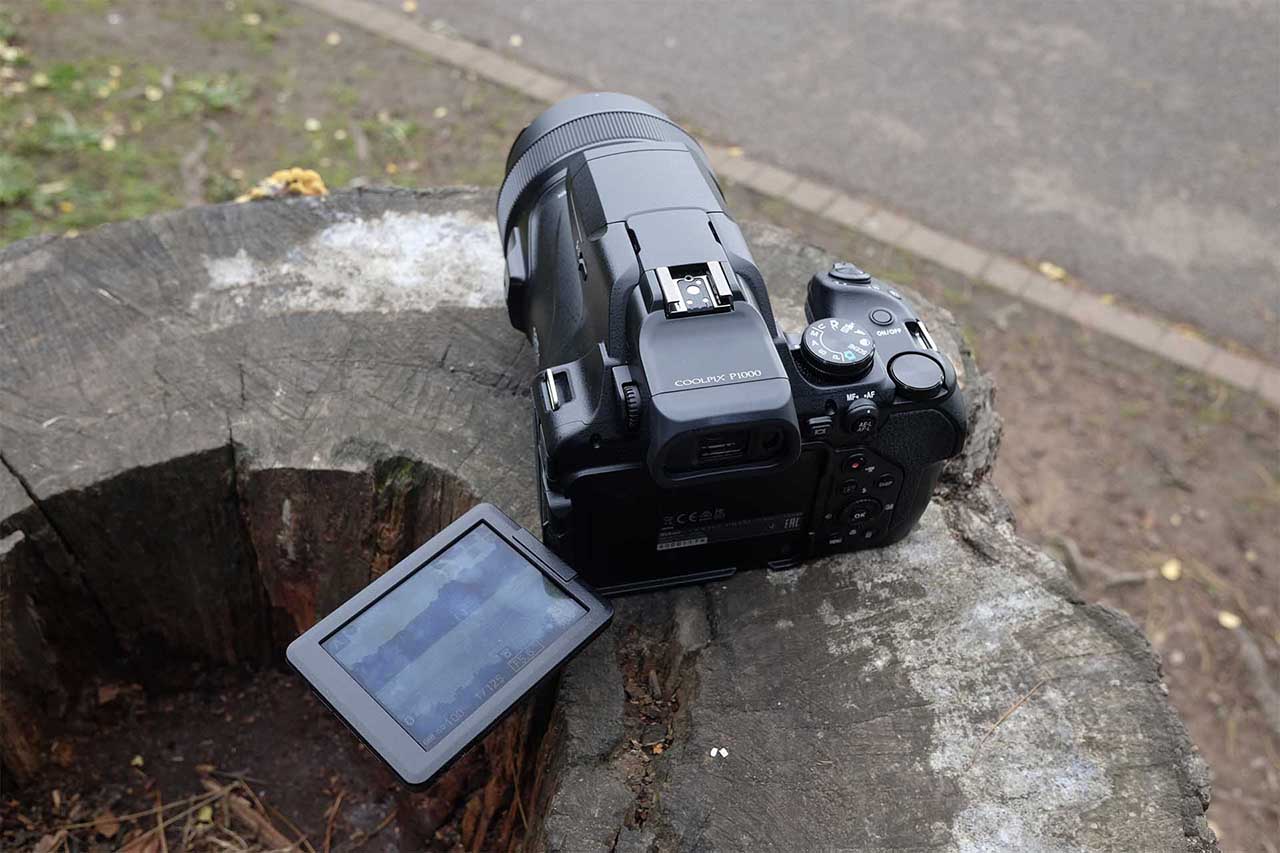
Nikon P1000
- 125x zoom
- Manual controls
- Articulated LCD
The Nikon P1000 is definitely a remarkable feat of engineering. With a massive 24-3000mm (equivalent) focal length, we were genuinely surprised in our tests at how sharp our images were when shooting handheld at the telephoto end of the range.
The Nikon P1000’s vibration reduction system does a fantastic job of keeping shots fairly sharp so long as you have a fairly steady hand. If you like to take shots of distant subjects, The P1000 is pretty impressive.
As this is a camera aimed at advanced enthusiasts, it also features full manual controls and raw format shooting. Other intriguing specs include 4K video recording, an electronic viewfinder and a fully-articulating screen.
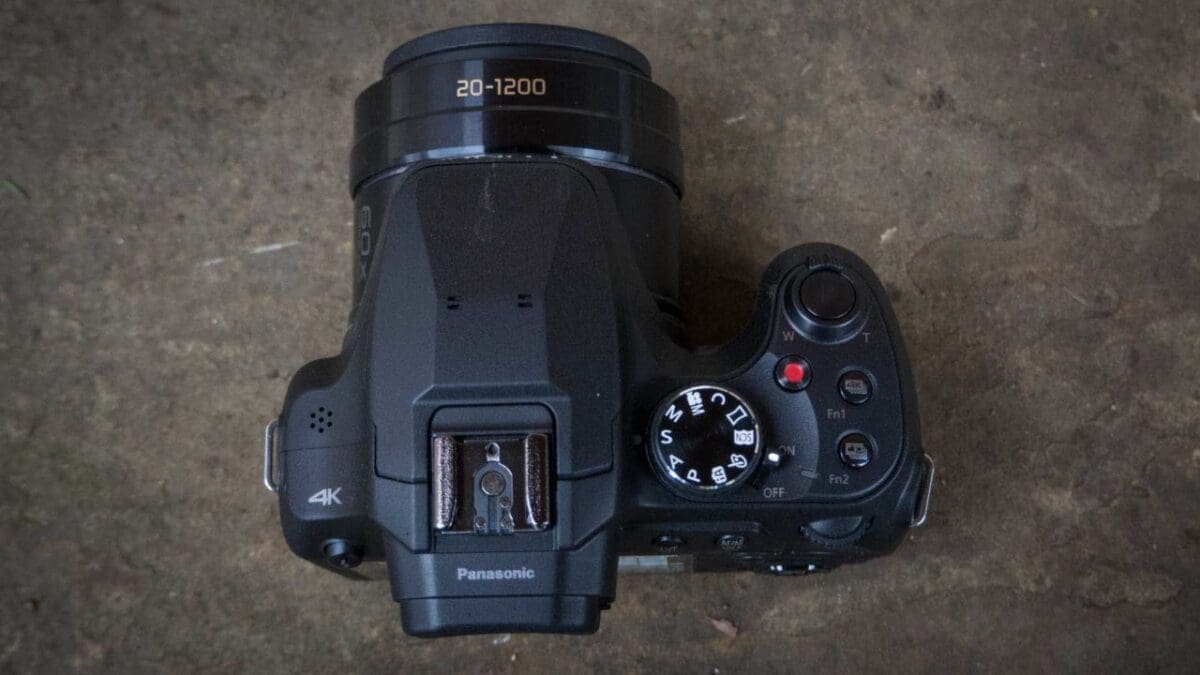
Panasonic FZ80 / FZ82
- 60x zoom
- 4K video
- 1,170k-dot EVF
Few enthusiast or pro photographers have a lens with a focal length that matches the 1200mm equivalence of the FZ82 at it’s longest point. It opens up a wealth of opportunities from photographing wildlife and landmarks to getting tightly framed portraits of the kids playing undisturbed.
The FZ82 combines this huge telephoto reach with a wider-than-average lens (20-1200mm), which is useful for shooting landscapes or indoors, making it extremely versatile and fun to use. It’s a great focal length range for day trips and holidays if you don’t want the hassle of interchangeable lenses.
Add in features such as 4K video recording, 4K Photo Mode and Touchpad AF and it’s an enticing package.
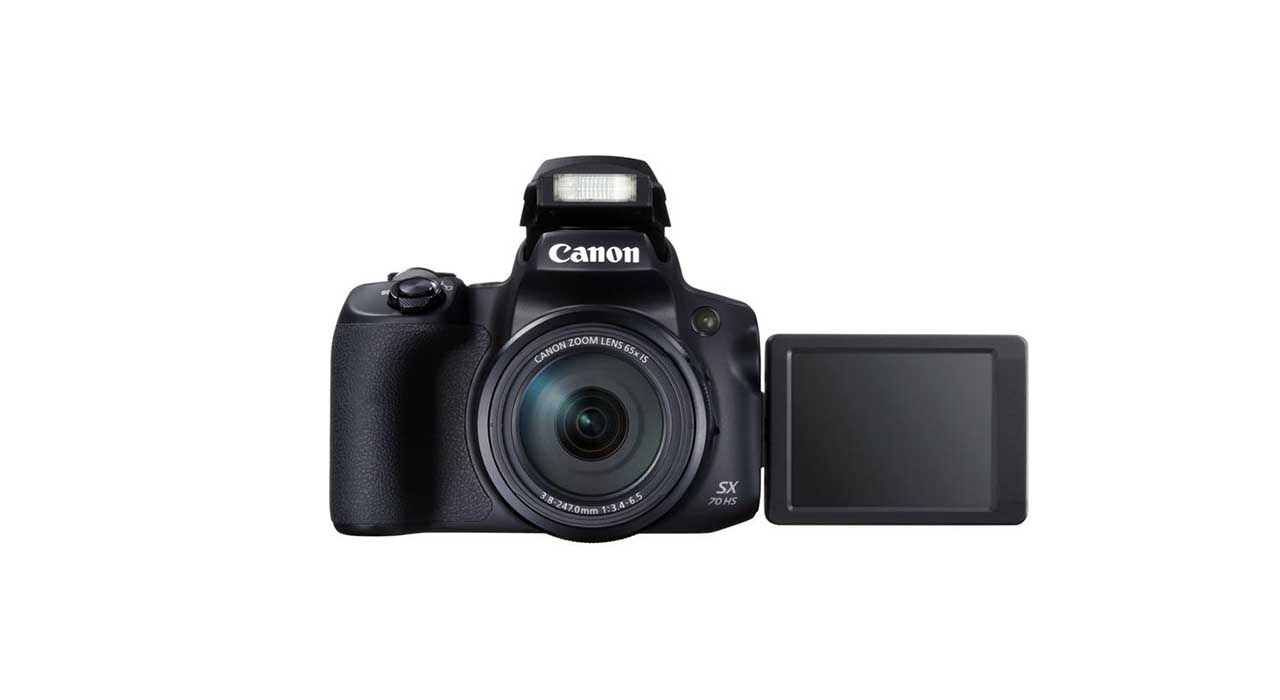
Canon PowerShot SX70 HS
- 65x zoom
- 4K UHD video
- Zoom Frame Assist Lock mode
Like others on this of cameras with long zoom lenses, the Canon PowerShot SX70 HS is a bridge camera. That means it combines some of the features of an interchangeable lens camera with those of a compact camera. So while it is fairly compact and has a fixed zoom lens, it looks like a small SLR.
The ace in the PowerShot SX70 HS’s sleeve, however, is its 65x zoom range. Its 3.8-247mm f.3.5-6.5 lens produces images that have the same framing as a 21-1365mm lens on a full-frame camera. That makes it very versatile and an attractive choice for photographing family days out.
The Canon SX70 HS has a good feature set and really nice handling. Its high-quality viewfinder and vari-angle screen particularly impress. They help you to take creative images in a wide variety of situations.
Nikon P900
- 83x zoom
- raw shooting
- longest focal length available
The Nikon P900 is a few years old now, but it remains a bridge camera with one of the longest focal lengths available on the market at 24-2000mm (beaten only by its successor, the P1000, above). With an incredible 83x range to choose from, you can shoot at 1200mm if you so desire – that’s enough to photograph the surface of the moon.
The ultimate in flexible focal lengths has to have a trade off – in this case, it’s the size of the sensor, which at 1/2.3-inch is smaller than most of the other cameras in this list (apart from, again, its successor, the P1000).
Ultimately, that means that image quality in low-light is a little lacking, so it’s best if you’re planning to use this camera for holidays and the like. Still, you get full manual shooting plus raw format, which is great news for enthusiasts.

Sony RX10 IV
- 25x zoom
- 1-inch sensor
- Tilting and touch-sensitive screen
These days however, there are some premium bridge cameras in the market which change the way we think about the sector. Sony’s RX10 series was a pioneer in this area, and we’re now on the fourth iteration of the popular model.
Unlike most bridge cameras, it uses a larger one-inch sensor (20.1 megapixels), combining it with a 25x optical zoom (24-600mm in 35mm terms). The sensor has been improved from the RX10 III, now using a stacked-design, coupled with a BIONZ X processor and front-end LSI. Mix all these together and you’ve got something which has been designed for serious performance.
One such impressive potential is the option to shoot at 24fps, all while maintaining full autofocus – something which wildlife photographers will be drawn to, especially considering the 600mm equivalent focal length.
Other features include a 2.35-million dot EVF, a tilting, 1.44-million dot 3.0-inch screen which now offers touch-sensitivity, 4K video recording, inbuilt Wi-Fi, NFC and Bluetooth and both an electronic and mechanical shutter.
It copes well with a variety of different subjects, but will perhaps particularly appeal to travel and wildlife photographers who want a neat and compact package which is far easier to carry around than an equivalent DSLR and lenses.
If you don’t want to splash the cash quite so much, you might consider the slightly older RX10 III, which also features the 25x optical zoom but doesn’t have quite such an impressive autofocusing system – but at around £1249, it’s a significant saving. You might also want to consider the Panasonic FZ2000, which has a slightly shorter 20x optical zoom, but comes in at under £900.
Report this ad
Overall, the RX10 IV is one of the best bridge cameras you can buy – in fact it’s one of the best cameras you can buy full stop, with some features that match or even outdo what might be traditionally considered “more advanced” – but you really do pay the price for it.
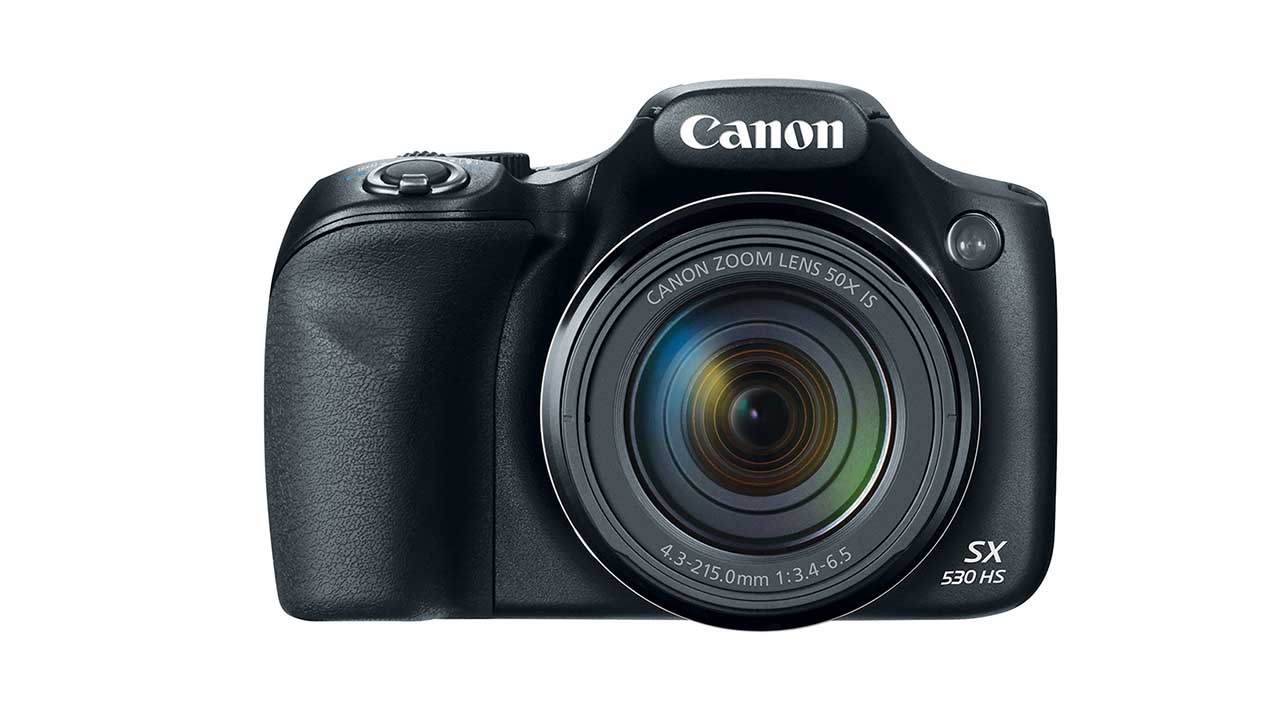
Canon SX530 HS
- 50x zoom
- Intelligent IS
- 20.3-megapixel resolution
Canon’s small, pocketable SX530 HS offers a long 50x zoom, which you can expand to 100x when invoking the digital ZoomPlus. The SX530 HS offers full manual control and raw shooting, but you can also get nice results using its automatic modes such as Creative Shot and Hybrid Auto.
Priced at just around £250, the Canon SX530 HS offers quite a bit of spec and a superb lens for not a huge amount of money.
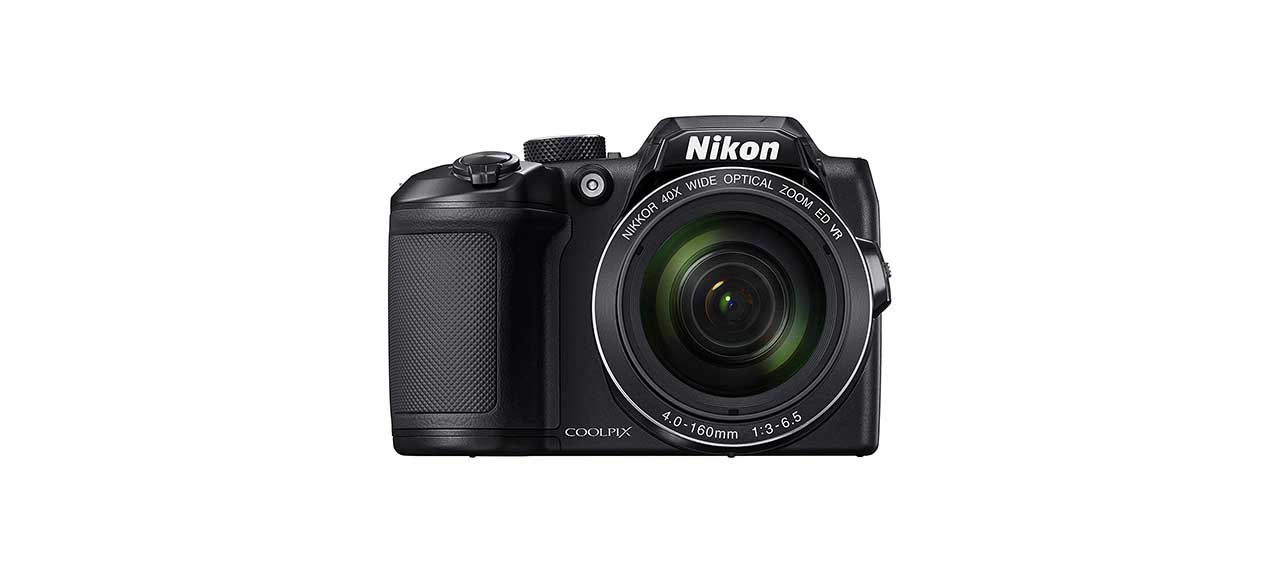
Nikon B500
- 40x zoom
- Snapbridge functionality
- 16-megapixel resolution
Nikon’s super-zoom compact, the Coolpix B500 offers a 40x optical zoom, and you can push this further to 80x by using its Dynamic Fine Zoom functionality. This, of course, is digital zoom, so some detail is sacrificed, but it does allow you to get remarkably close.
You’ll also enjoy a long battery life (up to 1200 shots) and compatibility with Nikon’s Snapbridge app for transferring images from the camera to your smartphone. Video resolution is limited to HD 1080p, but if you don’t require 4K quality then the B500’s price tag at just over £200 makes it a very attractive proposition.
